Review
After a brief hiatus the Volkswagen Amarok is back and its revival may be welcome news to those seeking a pick-up truck as the variety of models on offer is dwindling.
It may be less welcome news, for some, that the new Amarok is really just a Ford Ranger in disguise. So while the Amarok presents as a fresh entrant to the market, it’s really a badge-engineered relation to the current best-seller.
Those in the know will already be aware of Ford and VW’s tie up across their respective car and van ranges and, let’s be honest, it’s not exactly a poor mix of DNA.
The old Amarok was unique in offering just a V6 powertrain, placing it firmly toward the lifestyle end of the market. While the six-cylinder option remains on the new model, VW has also included two four-cylinder diesel units.
As Ford took the lead on the development of the Amarok, the powertrains are all from its stock, rather than VW’s. The entry-level 170PS motor is mated to a six-speed manual gearbox with selectable all-wheel-drive. The 205PS TDI and the 3.0-litre V6 are both paired with Ford’s 10-speed automatic.
There’s only minor styling changes between the Amarok and Ranger, most notably at the front, but this doesn’t detract from the Amarok’s individuality. VW has tweaked the wheel arch design, so it matches the squared-off look of the old model’s, as well as offering its own colour palette and wheel designs.
Offered only as a double cab, the new Amarok is larger than its predecessor and has gained 173mm in wheelbase length, meaning space on board is vastly improved. There’s a noticeable improvement in rear leg room, while the load space has also grown.
The cargo bed of the new Amarok has a load height of 529mm and measures 1,227 mm between the wheelarches, which means it can comfortably accommodate a Euro pallet loaded sideways.
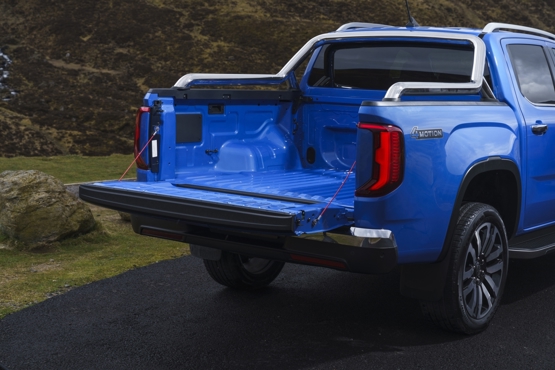
A payload of up to 1,113Kg is possible and the majority of the range has a one-tonne capability. The range-topping Aventura model, however, dips below the all-important threshold and is therefore not classified as a commercial vehicle for tax purposes.
The towing capacity of the Amarok is 3.5-tonnes, with the exception of the entry-level model with a manual gearbox, which dips to 3,420Kg.
When you climb in to the Amarok its apparent that VW has given the interior an uplift in material quality. Most variants come with leather upholstery and there’s a slew of softer plastics and a familiar VW steering wheel. The rest of the switchgear is lifted from the Ranger along with the infotainment system, albeit with a light re-skin from VW.
The 12-inch portrait touchscreen is impressive. It’s easy to use and has excellent graphics. A row of buttons along the bottom of the screen enable fast access to key functions.
Comfort levels are high, with supportive seats and a well-insulated cabin. Covering long journeys in the Amarok is no different to being in a family SUV.
The suspension is a little rough on country lanes, especially when the bed is empty. It’s a very compliant truck to drive, though, with responsive and light steering and little body roll.
The four-cylinder engines are capable of more than 30mpg and perform well, especially in the 205PS guise. When we switched to the V6 the difference is performance is negligible, although the engine note is more refined. We think the V6 may feel more competent with a heavy trailer attached, but in everyday driving there’s little to suggest the V6 is worth spending extra money on, especially as our test model was struggling to beat 25mpg.
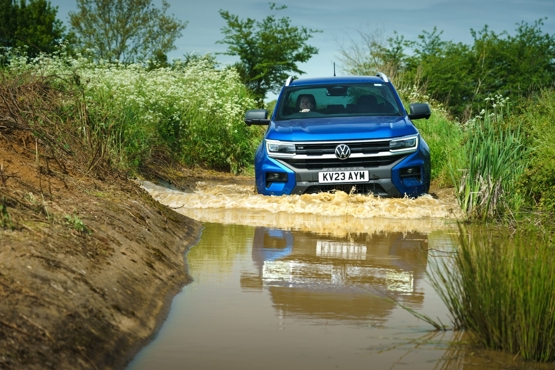
The range kicks off with the Life, priced at £34,055 (CV OTR) with a manual transmission. This is the closest we’ll get to a worker version, complete with vinyl floors and fabric seats. There’s still a wealth of equipment, however, with LED headlights, alloy wheels, air-con and adaptive cruise control fitted as standard.
Next up is Style (£42,505), which brings a carpeted cabin, electrically adjustable seats and keyless entry. There’s also a 360-degree surround camera system.
The Panamerica (£47,255) is designed for those that want a more rugged pick-up truck. It comes with a locking differential, bigger wheels with chunky tyres, leather upholstery and an upgraded sound system.
At the top of the range, the Aventura (£57,591) is billed as the lifestyle-oriented model with a luxurious specification and 21-inch wheels.
VW has succeeded in bringing to market a pick-up that fits within its brand values, despite being made by another manufacturer. It’s a testament to the new Ranger platform, which sets the benchmark in this segment. Those who want a plusher, more comfortable variant will find the Amarok appealing, while there’s no penalty to pay when it comes to practicality. With lower pricing and a broader model line-up, fleet buyers may find the Ford more appealing, however.



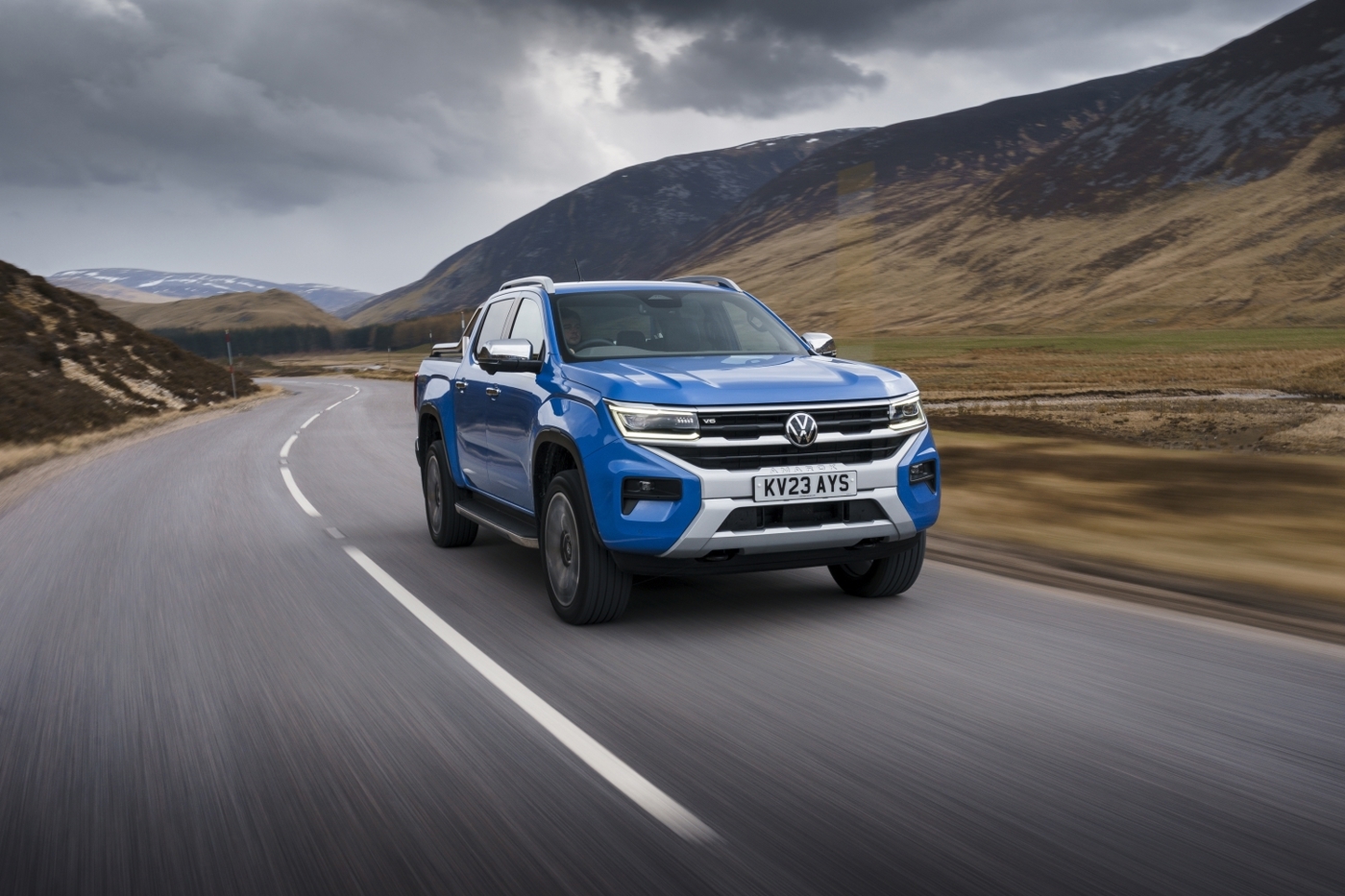
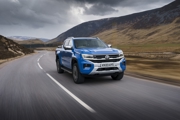
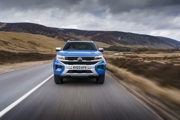
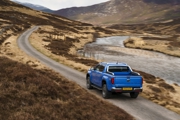
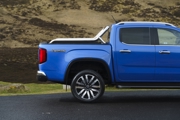
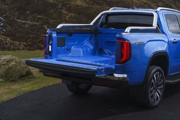
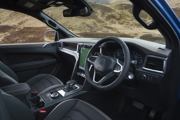
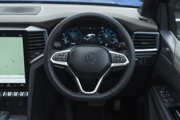
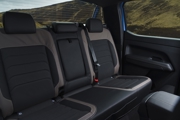


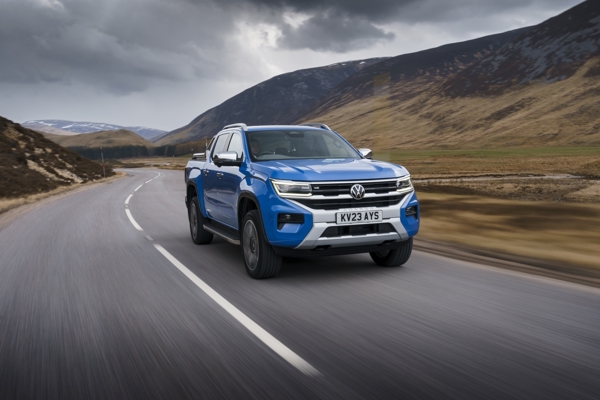
 Diesel
Diesel












